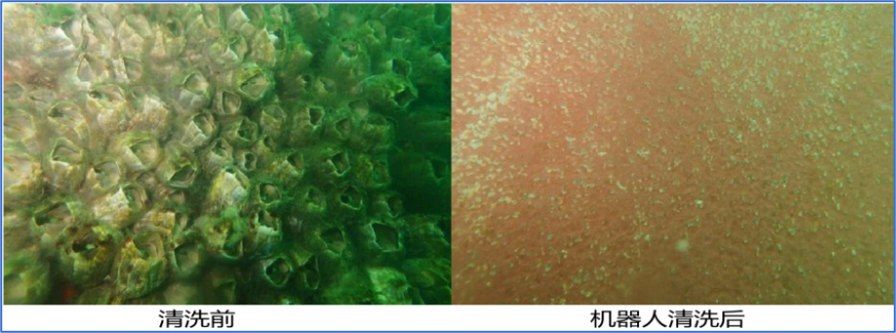NEWS
- Home
- Marketing
- Business Fields
- Services
- Solutions
- News
- Patents & Honors
- Cooperation
- About
- Talents
- Contact


NEWS
发布日期:2022-03-17 15:10:03
"Green transformation is a process, not an overnight thing. To be established before breaking, rather than breaking before it is established." On the afternoon of March 5, General Secretary Xi Jinping attended the deliberations of Inner Mongolia delegation at the fifth session of the 13th National People's Congress. With the successful opening of the two sessions, General Secretary Xi Jinping has repeatedly elaborated on how to correctly understand and grasp the peak carbon neutrality during the meeting, giving scientific guidance to this important issue of China's long-term development.
It is understood that shipping industry, as the backbone of the global world trade industry, is one of the world's largest exporter of carbon dioxide pollution, with annual emissions of more than 30%. In a statistical report published by Simpson Spence& Young, a shipping consultancy, global carbon dioxide emissions from shipping reached 833 million tons in 2021, up 4.9 percent from 794 million tons in 2020 and 800 million tons in 2019. Faced with such huge carbon dioxide emissions, more than 110 shipping companies have supported speed limits on ships since 2019 to reduce carbon dioxide emissions from the shipping industry.

In the face of rapid development of global maritime trade business, can the ship really achieve deceleration?
The deceleration of ships undoubtedly slows down the efficiency of shipping and seriously affects the process of world trade. However, in the face of the problem of excessive global carbon dioxide emissions and the development of world maritime trade, how to achieve the "win-win" outcome of both is the most worthy of thinking today. An report of IMO also found that the shipping industry has underestimated the impact of biofilm on shipping. Regular cleaning of ships is one of the most effective ways to remove biofilm from ships, which increases drag and fuel consumption. As the bottom of the ship is immersed in seawater all the year round, it is difficult to see the attachments intuitively, which makes them gradually become invisible consumables of the ship, greatly increasing the economic consumption of the ship, but also reducing the operational efficiency of the ship. More importantly, a large number of attachments will slow down the running efficiency of the ship in the water and increase the oil consumption. Instead, it releases more carbon dioxide to destroy our natural environment.
As the only commercial underwater robot operating service enterprise in China, IST has always been committed to underwater intelligent cleaning. Taking ships as an example, IST's underwater intelligent robot hull cleaning technology adopts flexible cavitation technology. After jet is sprayed out of the nozzle with reverse opening, the connecting rod is pushed back at high speed to drive water flow to form whirlpool and encoil adsorption. At the same time, the high-density cavitation bubbles generated by the water jet fill the gap between the hull and the attachment. At the moment of collapse, the attachment is cleaned and stripped, reducing the excess burden of the ship, thus reducing the use of fuel and improving the shipping speed. This method greatly reduces the extra fuel consumption of ships, thus reducing excess carbon dioxide emissions. Therefore, the ship "load reduction" service provided by IST achieves a win-win situation of energy consumption reduction and rapid development in a real sense.
